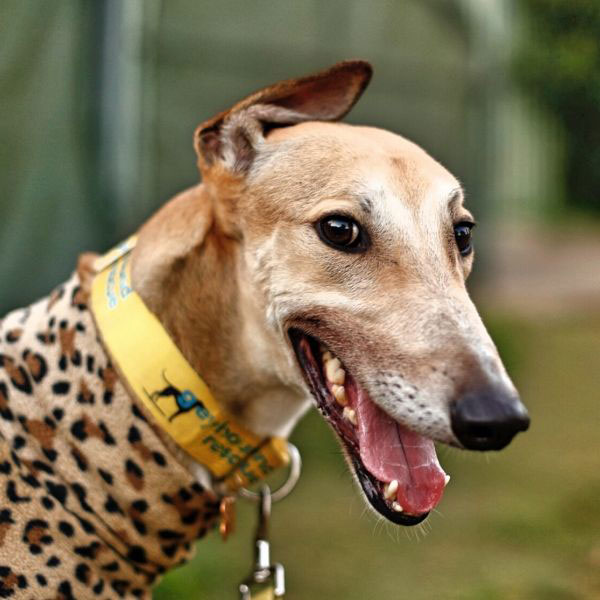About Greyhounds
OUR MISSION STATEMENT:
Greyhound Rescue ethically rescues, lovingly rehabilitates, and safely rehomes greyhounds; giving them a voice through advocacy and education.
Our Work
Set up in 2009 by animal rights activists Peter and Janet Flann, Greyhound Rescue finds loving forever homes for greyhounds no longer wanted by the racing industry. Having found homes for hundreds of greyhounds, Greyhound Rescue plays an important role in helping greyhounds discover new lives as cherished family pets.
Greyhound Rescue takes the time to carefully match greyhounds with the right adoptive family, and we have a high success rate. We position ourselves as a bridge between racing life and pet life, providing greyhounds with the tools they need to cope with their new surroundings. So many things are new to them, so our volunteers work to introduce these beautiful dogs to new skills and experiences slowly and with compassion, letting the greyhound set the pace and learn.
We believe that awareness and education about what wonderful pets greyhounds are is important. As more people adopt greyhounds, they are slowly becoming a familiar sight in the pet world. Just a few years ago it was rare to see one outside the racetrack, and the general public didn’t see greyhounds as a pet animal. Through community awareness and outreach, Greyhound Rescue seeks to educate and advocate.
Greyhound Rescue relies largely on fundraising and donations to meet the high costs of rescuing, rehabilitating and rehoming these special animals, who are so deserving of a second chance and living the life that dogs are meant to live – as a loved member of the family.
Our Kennels
Greyhound Rescue’s Rescue Centre, Greysland, is just south of Sydney and is the only independent greyhound rescue facility of its kind in Australia. Greysland is a place where greyhounds come to learn human kindness, how to play, and even basic skills they are likely to need as a pet, such as navigating glass sliding doors and using stairs. Predominantly staffed by volunteers who give their time and patience to help greyhounds ‘learn how to dog’, it is a very special place indeed.
Greysland is not ‘open to the public’ as we do not believe in walk-in adoptions. We prefer an approach that matches hounds and humans on a case-by-case basis, which leads to a high success rate. As greyhounds are new to life as a pet, this is very important.
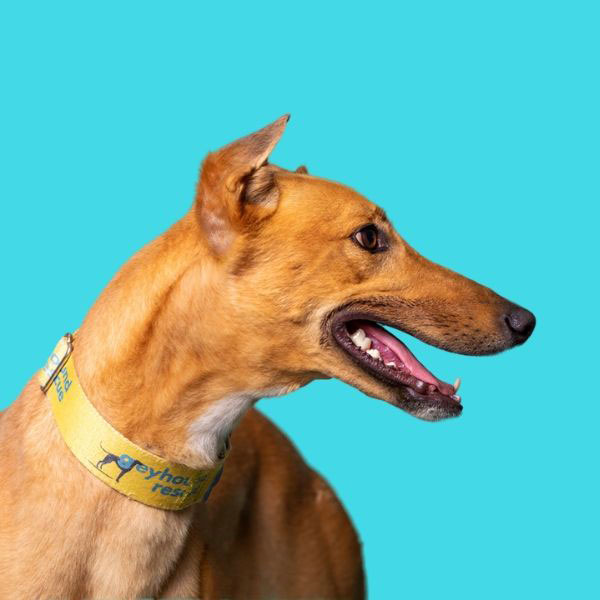
Volunteer
Join our volunteer family and work with our hounds

Adopt
Rescue a hound and find your new BFF

Foster
Become a foster carer and guide a hound to pet life
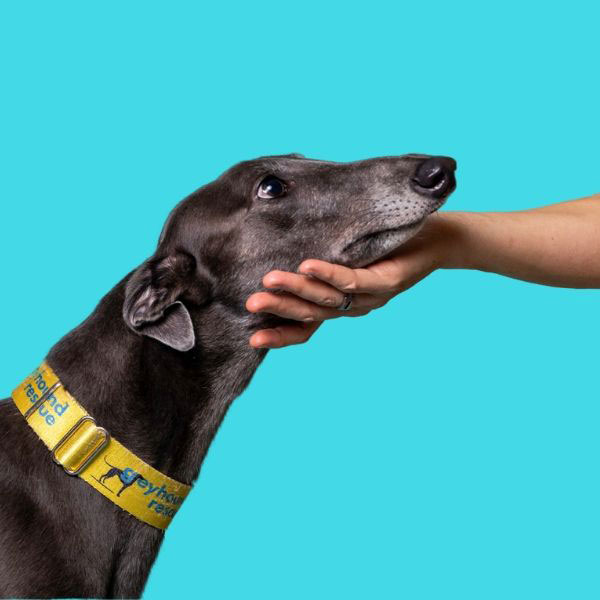
Sponsor
Sign up to ‘Help A Hound’ and start their new life right!
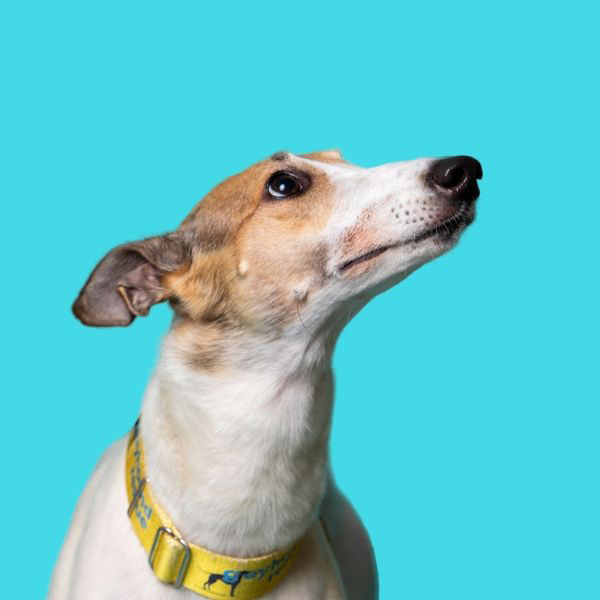
About Greyhounds

Adoption/Foster

Greyhound Care
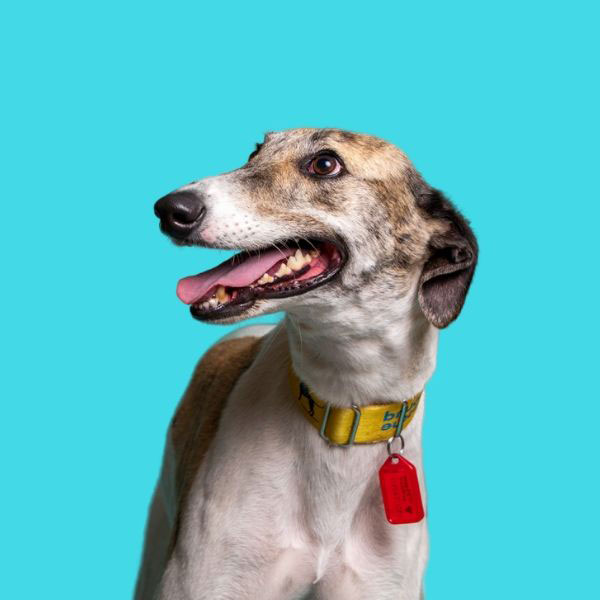
Greyhound Rescue
About Greyhounds
Can greyhounds be happy in an apartment, or do they need a big backyard?
Are greyhounds good with kids?
Are greyhounds okay with other dogs?
Can greyhounds get along with cats/pocket pets/chickens?
This is a little trickier. There will be many greyhounds that will never be able to live with a cat, chickens, or pocket pet. We usually have a long waiting list for hounds that will fit these criteria, so it is best to pop in your application form. At times we will refer to other ethical rescue groups who may be able to assist you.
I work long hours. Is a greyhound the pet for me?
Yes and no! Greyhounds are considered a “low maintenance” dog and will often snooze the day away while you are at work, however if you are away from home for longer than 8 hours we advise that you have a dog walker, friend, or neighbour come to visit and break up the day for your hound. If your hound won’t have access to a backyard then 6-7 hours is the maximum recommended. Greyhounds that will be alone for longer stretches may benefit from having a canine companion, so consider adopting two!
Do they shed lots of hair or smell?
I heard greyhounds can’t be off leash, is that true?
In most Local Government Areas in NSW, greyhounds are allowed off-leash in designated off-leash areas, just like any other dog. You’ll need to double check with your council area. Greyhounds will need to wear a muzzle in off-leash areas regardless of whether they are on leash or off, unless they have a GreenHound exemption. As greyhounds are sighthounds they experience “tunnel vision” when they see something to chase and may run out into traffic or become disoriented and lost. For the safety of your hound they should only be allowed off-leash in a securely fenced area.
Where do you get the greyhounds from?
A majority of the hounds that come through Greyhound Rescue are surrendered to us by their owners and trainers after they are finished racing. Occasionally we save hounds from pounds and other shelters if they are at risk of being euthanised.
What kind of health problems are common in the breed?
Generally greyhounds are a very healthy breed as they have been bred for their physical strengths. Some common (though still rare) afflictions that affect greyhounds include an eye condition called pannus and a disease of the nails called SLO. Being large-breed dogs they are also more prone to osteosarcomas and bloat (gastric dilatation and volvulus). Greyhounds who have raced may also be more prone to arthritis.
I can’t adopt or foster but I still want to help, how can I do that?
There are many ways that you can help! Consider becoming a Help A Hound sponsor, volunteering at our kennels, Bringing your team in for a corporate volunteering experience and make sure you follow us on Facebook and Instagram and sign up to our newsletter. You can also get some great stuff in our shop with profits going to support our efforts.
About Adoption/Foster Care
How do I apply to adopt or foster a greyhound?
Thanks for considering fostering or adoption! You can read more about our adoption process here and fill in our application form.
What does your process look like?
If you’re interested in adopting or fostering, the first step is to fill in an application form on our website. From there, a Greyhound Rescue volunteer will come to your home and meet with your family to discuss greyhound adoption/foster care and your needs and expectations. The next step is for our experienced team to look at which available hounds would be the best match for your family. Once there is a suitable hound or hounds for you we will invite your family to come to our Rescue Centre just south of Sydney for a “meet and greet” and, if you’re happy, you can bring your new hound home for a three-week trial period.
Can I come to your kennels to pick a dog?
Our kennels aren’t open to the public and we don’t do “walk-in” adoptions. Instead, we match our adoptions on a case-by-case basis to ensure a good match between hound and family. You can read more about our adoption process here. If you’ve seen a greyhound that you are especially interested in you can note that on your form and we will certainly consider that dog for you!
I want to be a foster carer, do I need any special skills?
The dogs that we place in foster are typically those that need some extra care, and foster carers should be prepared to take on hounds with higher needs. We require carers who are willing and able to work with hounds that may be timid, have medical issues, or need further training in how they relate to other people and dogs. Greyhound Rescue will provide support through the foster process and access to our dog trainer to help with specific issues.
As a foster carer, how long will I have the dog? What do I have to pay for?
We have no set time on foster placements and a foster carer should be prepared to have the hound until the right forever home is available. The average time for a dog in foster care is 3–6 months. Greyhound Rescue will cover all necessary vet bills, flea/tick/worming treatment, and the first bag of food. We ask that foster carers provide loving care and some basic training under the guidance of our Foster Coordinators.
What do I need to have before I bring home a greyhound?
Your greyhound will come with a leash, martingale collar, and muzzle. In cooler weather, greyhounds will need to wear a coat for warmth. Many greyhounds will enjoy playing with toys, and of course you will need appropriate food for your hound. There is a selection of coats, toys, worm/flea treatments, and food available for sale at our kennels for your convenience.
Your greyhound will need a soft bed or two and an outdoor sheltered space. You should have a water bowl available to your greyhound at all times, and if you have multiple dogs we recommend having more than one water bowl. Your hound will also need a bowl for food. Some greyhounds do prefer to eat from an elevated bowl, however this is personal preference. You should seek out a vet in your area and also make sure that you know the location and phone number of your nearest emergency vet.
What do we need to do to settle our new hound into our family? How long will it take?
We will provide you with plenty of information on settling in your new hound and there is lots of information on our blog. How long it will take depends on the hound. What is most important is that you allow your new greyhound the time and the space to come to know their new world and to build a relationship of trust with you.
What is covered by the adoption fee?
Our adoption fee is $495 and includes desexing, vaccination; microchipping; and all hounds are flea, worm and heartworm treated. This fee also includes our Starter Kit which contains a collar, leash, muzzle and loads of other goodies to help you get your new hound settled into the family.
Will my greyhound have to wear a muzzle? What is a GreenHound?
Greyhounds in NSW and the ACT no longer have to wear a muzzle in public when being walked on-leash, provided that they are lifetime-registered on the Companion Animal Register. While a greyhound is in foster care or on trial adoption they will need to wear a muzzle outside of the home at all times. Greyhounds are not allowed unmuzzled in off-leash areas unless they have a GreenHound exemption. Greyhound Rescue recommends that your new hound continues to wear a muzzle when out and about until they have adjusted to pet life.
Do I need a fenced yard?
If you expect your dog to be in the yard off-leash then you will need a fenced yard with a minimum height of 1.5m. As greyhounds are sighthounds they experience “tunnel vision” when they see something to chase and may run out into traffic or become disoriented and lost. For the safety of your hound they should only be allowed off-leash in a securely fenced area.
Greyhound Care
What should I feed my greyhound?
Greyhounds should always be fed two meals a day to reduce the risk of bloat. At Greyhound Rescue we feed SavourLife kibble and Raw & Fresh raw diet. Both of these Australian-owned companies donate generously to Greyhound Rescue.
Will my greyhound already be toilet trained?
What kind of toys will my greyhound want to play with?
Your greyhound may need to learn how to play with toys as they may not have had the opportunity in their previous life. We have a selection of tried-and-tested toys available in our online shop and at our kennels, and you’ll come to learn the types of toys that your hound prefers.
How much exercise will my greyhound need?
I have heard that greyhounds have “sleep startle”, what is that?
“Sleep Startle” is a condition that can affect greyhounds due to their previous life, and does need to be managed carefully. Most have been used to sleeping in a space with no other dogs or people and will not have been disturbed while sleeping. Read our post for more information.
Where should I expect my greyhound to sleep at night?
Do greyhounds really need pyjamas?
You recommend not walking our new greyhound for 14 days, why is that?
Most greyhounds have had little to no experience of the “real world”. We advise that you give your greyhound time to build a relationship of trust with you before exposing them to too many new experiences, as it can quickly become overwhelming for them. Read our blog post on why you should wait for walkies.
I’ve heard that greyhounds have to wear a special collar?
What kind of outdoor shelter does a greyhound need?
Will they use a doggy door?
About Greyhound Rescue
What is Greyhound Rescue’s view on racing?
Our view is that, as long as there is greyhound racing in NSW, the government should hold the industry 100% accountable for the welfare of these beautiful animals.
That said, Greyhound Rescue was formed with the purpose of taking discarded and unwanted greyhounds, rehabilitating them and finding them homes where they can live happy and safe lives with humans who will lovingly care for them. All the resources of our organisation and the time and effort of our wonderful volunteers is spent in this pursuit.
What is your policy on euthanasia?
The decision to euthanise a greyhound is an extremely rare and emotional event at Greyhound Rescue and is never taken lightly. Every reasonable attempt will be made by Greyhound Rescue to treat and/or rehabilitate. We do not place a time limit on how long a greyhound can remain at our kennels, nor do we discriminate based on age, sex or colour. The following circumstances may result in humane euthanasia of a greyhound: terminal medical condition, irremediable suffering, significant and likely risk to people, legislative requirement.
Is Greyhound Rescue a registered charity?
I’d like to help – where is your facility located?
Our facility is located in the rural fringe of Sydney, an easy hour’s drive from the CBD. If you’re interested in volunteering you can find out more here. If you’re unable to volunteer, there are plenty of other ways to help.
I have a greyhound that I would like to surrender, can you help?
If you have a greyhound that needs to be surrendered you can contact us here. Be aware that we do have a waiting list of hounds waiting to come in to our care.


